The Gem of Provence: Bandol2019/3/28

“There are certain wine appellations that are cursed by thriving tourism, and the sunny, Mediterranean region of Provence is one of them. Typically, quality goes to the wayside when you have a steady, reliable market for whatever wine made, whether good or not. Moreover, the region is really, really sunny (I think I said that already), so this is good for tourists, but bad for grapes, which can ripen too quickly for their own good, with lackluster flavors in the final wine.
But Bandol is one of the blessed exceptions. The vineyards (first planted by the Greeks in 600 BCE) are planted on south-facing slopes on rustic stone terraces called restanques where they are protected from cold northerly winds, but bathed in warm Mediterranean breezes. This is, in fact, the only French red wine region where Mourvèdre dominates–because this grape actually needs all that glorious sunlight of this region in order to fully ripen; and any Bandol Rouge must have at least 50-95% to be classified as such (pink Bandol wines 20-95%). On its own, this unique variety is known for producing wildly rich, meaty and structured red wines, but it is often blended with Grenache, Cinsault, Syrah or Carignan. The red wines must spend 18 months in oak before it is released.
In fact, for restaurant-goers, Bandol Rouge is often a ‘steal’ on a wine list, compared to a Cabernet Sauvignon. Why? Because most consumers simply aren’t familiar with its key grape, Mourvèdre, or the region. But this makes one of the finest French reds in France, and is also responsible for some of the best, most layered rosés!

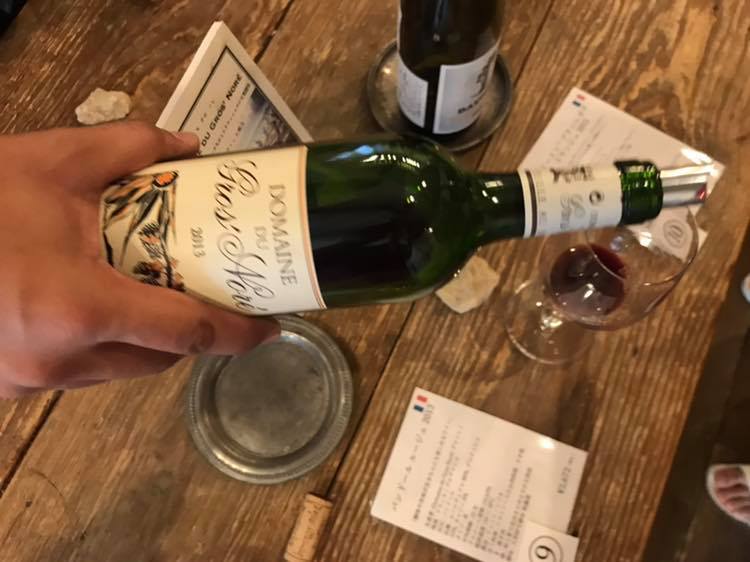
So as far as pairing food with a Bandol Rouge, think savage and meaty. Steak is a no-brainer, roasted pork, or hearty stews or casseroles work very well, but rich cheeses such as Tete-du-Moine from Switzerland, marked by delicious notes of beef consommé, or Pyrenees Agour, a full-flavored savory cheese from the Basque region of Spain. Bandols with some age can be quite a meditative experience without food.”

full article here: https://savvydrinker.com/tag/bandol-rouge/
to order Bandol wines:
https://shop.avin.jp/?pid=138116702
Clos du Caillou Châteauneuf du Pape Les Safres 2016 red2019/3/25

What is the soil characteristic and why the name “Les safres”?
Safres soils is a type of compact sand. Located on the name place “Les Bédines”, the soil of this cuvée is made of Sandy and safres soils giving to the wine suppleness and fineness!
2016 VINTAGE : An excellent cellaring potential.
The vintage 2016 benefited from really exceptional weather conditions, every bloc was harvested with optimal maturity.
Following by soft winter and cool spring, summer was hot and dry.
However, very high thermal amplitudes was observed between day and night, favoring the synthesis of polyphenols.
Harvest started on September 7th with red grapes, for 3 weeks.
Nevertheless, the drought of the summer lead to decrease the size of berries, as a result of low yield but with outstanding juice.
Red wines have dense and dark dresses with very high levels of anthocyanins and very beautiful tannic structures leading to predict an exceptional potential of ageing.
VINIFICATION:
Harvest started on September 20st.
Hand-picking with sorting in the vineyard and then in cellar.
De-stemming (100%) and vinification in wooden tanks with wild yeasts. Manual punch-down and delestages are made during all the grape maceration (35 days).
BLEND : 95% Grenache, 5% Mourvèdre, Vaccarèse and Cinsault
AGEING : In foudres and in demi-muids for 14 months.
WINEMAKER TASTING NOTES :
This wine presents an attractive madder red color to the dark purple reflections. The nose is greedy with flavors of wild lilacs and notes of flowerbed and faded roses. The mouth is magnificent with a beautiful sweetness, a beautiful fineness of tannins with aromas of liqueur of licorice and peaches/cherry compote.
A very pleasurable wine.
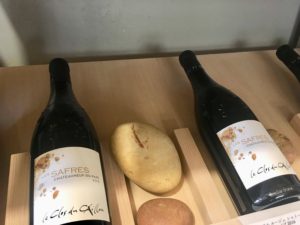
FOOD AND WINE PAIRING :
Pie of wild pigeon – Ballotine of roe deer in blueberries.

https://shop.avin.jp/?pid=104186295
A magical place to discover in Villeneuve-Lez-Avignons: the Abbey of Saint-André and its gardens2019/3/2


“The royal Benedictine Abbey of Saint-André welcomes visitors to its magnificent terraced gardens and abbatial palace. A rare place that harmoniously combines the art of gardens with a mosaic of the heritage and rich history of the Languedoc and Provence regions since the 6th century
The history of the Abbey:
Classified as a National Heritage Site (« Monument Historique » since 1947, the Abbey of Saint-André and its gardens have ties to many historical periods. From its beginnings as a modest hermitage in the 6th century, it grew to play a role in international history with its most glorious periods in the 13th and 14th centuries.


Mount Andaon’s elevation of 68 meters (223 feet) and its location on the right bank of the Rhone River give the site a strategic geographical position probably envied since Gallo-Roman times.
The gardens:
Classified among the most beautiful in France, the Abbey’s gardens unfold with old roses, Mediterranean natives, and olive and pine trees more than a century old among the remains of Romanesque style churches and tombs dating as far back as the 6th century. At the foot of the abbatial palace lies a parterre garden in 16th century Tuscan style adorned with ponds, vases and sculptures, and bordered by a pergola covered with wisteria and roses. From the heights of Mount Andaon, these terraced gardens offer panoramic views of the Popes’ Palace in Avignon across the Rhone River.
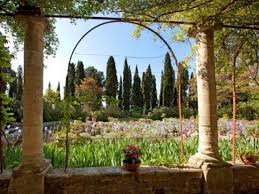
The Abbatial Palace:
Both a spiritual and a strategic site, the Abbey has an extensive history. Originally the retreat of a woman named St. Casarie, then a Benedictine monastery, Saint-André became a royal Abbey in the 13th century, overseeing 211 priories nearby. Restored at the end of the 17th century by the King’s architect Pierre Mignard, the abbatial palace has retained its elegantly vaulted rooms, grand entry doors and monumental staircase.”
On view from March 1st until April 28th: the exhibition « Herbier d’Azur » of Gabrielle de Lassus S.G. Open every day from 10am to 1pm & 2pm-5pm
Address: Abbaye Saint-André – Fort Saint-André, Montée du Fort, 30400 Villeneuve-Lez-Avignon
Informations from: http://www.abbayesaintandre.fr


CARIGNAN: a secondary grape variety used in Rhône & Provence2019/2/21
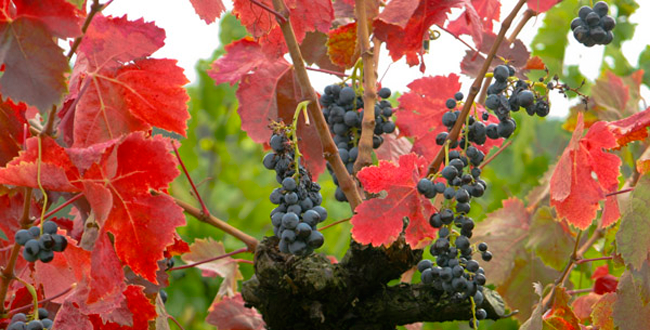
Origin:
Carignan is a grape variety that originally comes from Spain, more specifically Aragon. In the 12th century, it was introduced into southern France where, on the shores of the Mediterranean, it has thrived, from both an agronomic and climatic standpoint.
Aromas:
Most of the time, wines made with Carignan have notes of spices and especially ripe fruits (namely prune), blackberry or black cherry. After ageing in oak barrels, these are accompanied by hints of toasted bread, grilled almonds or leather.
Wines produced:
Carignan has a high potential for acidity, and average potential for sugar content and color, especially when harvested in high yields. By controlling yield, however, we can obtain wines that are less acidic, more concentrated and thus better balanced. In this case, the tannins are softer and less herbaceous. Carbonic maceration is a winemaking technique that enables these characteristics to be easily improved. The wines thus become smoother and fruitier. Wines made from old vines, on the contrary, are often of great quality – powerful and full-bodied – thanks to their low yield.
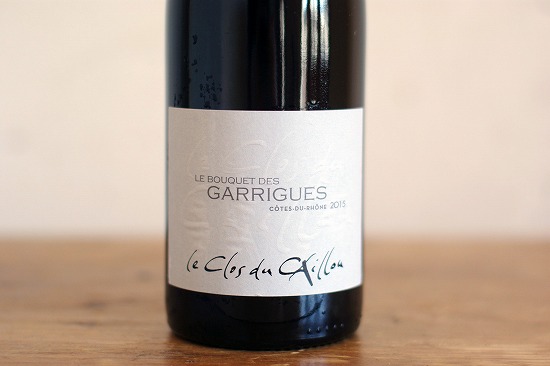
Areas planted:
Carignan is an exclusively Mediterranean variety.
Côtes du Rhône red and rosé (30 % maximum of total grape varieties), Côtes du Rhône Villages rouges et rosés (20 % maximum of total grape varieties), Costières de Nîmes, Luberon, Ventoux.
Used for red, rosé wines.
Time for « Oursinade » !2019/2/10

Oursinade is a local sea urchin festival held every Sundays of February in the port of Carry-le-Rouet.
Sea Urchin are not easy to fish or select and it’s almost impossible to tell whether the spikes hide small or good-sized tongues. Furthermore, in the Mediterranean nobody has ever managed to breed them in farm conditions. So you have to ‘pick’ it from the rocks when fishing is authorized (from November to April) and respect the quotas per person and per day to preserve the species. And urchins have to be of a minimum size.
In Provence, local produces are celebrated with fervour. There is also Mouclades’ (mussel festivals) in Camargue or ‘Sardinades’ (sardines) in Marseille, Martigues and Port de Bouc.
In 1952, fishermen and visitors were tasting the fruits of their labour at the beach in Cap Rousset when the fishers offered the mayor at the time, Jean-Baptiste Grimaldi, his weight… in urchins! The event became the stuff of local history and the urchin was elevated up the ranks.
In 1960, mayor Alfred Martin launched ‘La Journée de l’Oursin’ (Urchin Day) in February when the ‘chestnuts of the sea’ were at their fullest. Their orangey gonads with their strong iodine flavour of this shellfish are considered by many a delicacy.
Throughout the month of February, visitors flock to Carry-le-Rouet port to take part in this fun and friendly event and celebrate the urchin through tastings and special events.
Alone or with family and friends, everyone comes together to tuck into a delicious feast of urchins and other seafood.
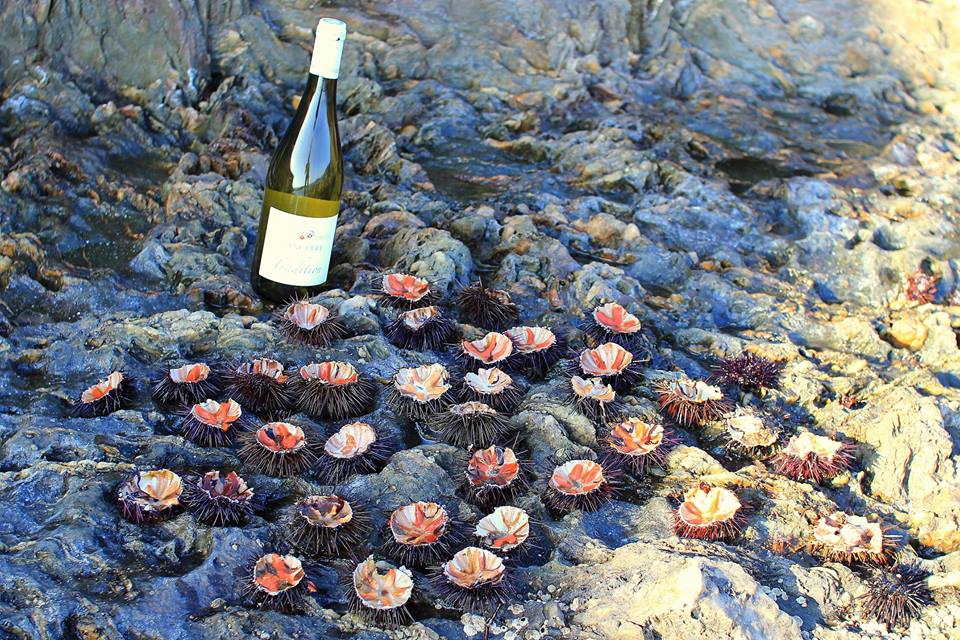
The best way to eat an urchin is with your feet in the water!
Scissors are the most effective way to open one. Shake the urchin briskly to remove any impurities around the gonads.
Traditionally the urchin is eaten ‘au naturel’ by removing the orange segments with a tasty chunk of bread. The delicious fingers can also be cut out with a teaspoon, with a little lemon juice, or served on a buttered cracker.
The Mediterranean coral, as it is also known, can also be served in a variety of dishes. Scrambled eggs, omelettes, soufflés, crêpes and more, there are so many ways to savour this spiny but flavoursome shellfish.
What to drink with sea urchin:
Bandol white Domaine du Gros Noré is a perfect match!
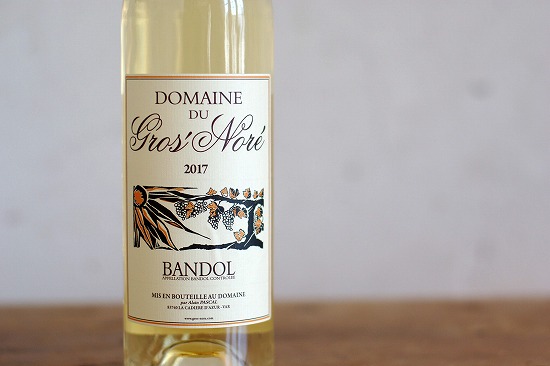
http://shop.avin.jp/?pid=136488960

















